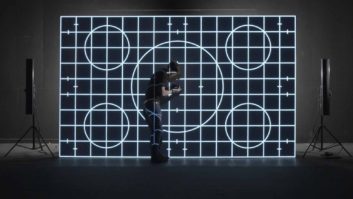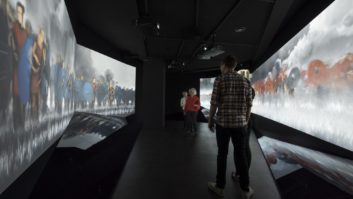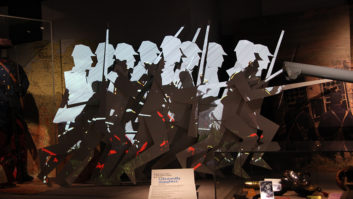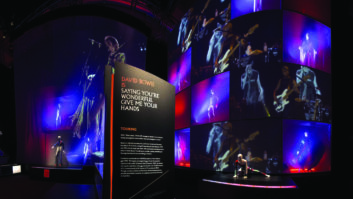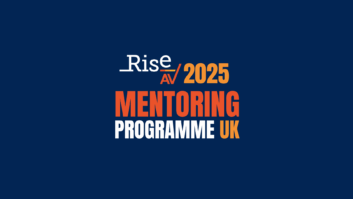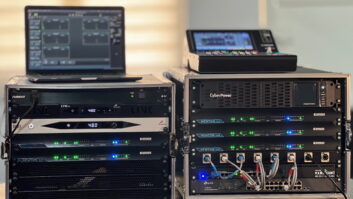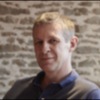
How and when was Sysco founded? The company was formed in 1998 by myself and Mark Bergin. Prior to that I had run the installation operation at Shuttlesound. Historically we had been a pro audio-based business, working in stadiums, large arenas and theatres. We identified that clients were increasingly looking for multi-disciplined systems integrators, and we wanted to move much more into the video and specialist system integration sectors.
So we set Sysco up and started doing a lot of work with one of the principal contractors at the Millennium Dome. From there we found ourselves working with a lot of the designers and specialists in the museums and visitor attraction markets – and that’s really been our core business since around 2000.
I would say that 80% of our work is UK based, although we’ve worked in mainland Europe, the Middle East and Africa. On your website there’s a clear interest in new technologies. We look on ourselves as being specialist integrators, so we’re always looking for new technologies, new user interfaces – for new ways of helping a client tell a story, really. Our real expertise has been the integration of the visual, the IT and the interactive elements over that period. Presumably the IT content of your work is steadily increasing? It’s fundamental to what we do now. If you go back even three to five years ago, the majority of our engineers were primarily AV engineers. Now the balance has swung much more significantly towards IT engineers and programmers – people who can write code and put IT systems together.
On any project, as much as 50% requires IT skills – it could be as simple as configuring a PC system within a project, or it could be writing a piece of specialist show control code, or a custom interface for a client who wants to do something special. Is it straightforward for an AV engineer to bolt on the relevant IT skills, or do you look for people with an IT background?We’re increasingly taking people with IT skills and educating them in AV, rather than the other way round. There are some AV engineers who have demonstrated an ability to grasp what we’re doing, but increasingly we’re looking to the IT world to help deliver some of these elements. Why is that? Is it because IT is somehow more fundamental, or takes longer to learn, than AV?As a systems integrator we’re largely dealing with pieces of equipment and bolting them together so they’re robust and reliable and they perform to the right quality. When you start to introduce IT you’re looking at a different skill set, in our experience. We’re talking people from college and training them in the process that we’re doing. You couldn’t take someone who’s just done a networking course – these are people who are creative, they’re disciplined in how to make systems work from a show management standpoint. Are you finding that service is a growing part of your portfolio? It’s a huge growth area for us. In the last year to 18 months it’s been one of our principal areas of growth. More than 80% of our business is repeat business with clients that we’re worked with before, because they’ve enjoyed the experience – and part of that is good customer service, looking after them after the project has gone in. So putting in the effort to look after customers is one of the key things for the business. What’s the average lifetime of a project? We do some temporary exhibition projects for a select group of clients, but the majority of our work is permanent installation, so it’s typically designed for a five- to ten-year life expectancy. There’s a strong service requirement there – and a great deal of care and attention has to go into the engineering. You’ve got to choose products that are going to run in a difficult environment, often with a lot of user interaction, for extended periods of time. So you’ve got to work with manufacturers who are designing products for that kind of duration. Do you have a favourite project? There have been two or three projects in the past year that I’m particularly proud of. Each project had its own unique elements that were challenging and quite fun to work out solutions for.
We’ve done a very nice immersive projection system at St Paul’s Cathedral called Oculus, where we had to integrate some very sophisticated technology into an ancient building – that presented an interesting set of challenges, and has been very well received by the people who’ve come to view it.
Last year we did a project for the local authority in Sutton, where they were trying to engage with young people in a much more interactive way than they had in the past. That was interesting from the perspective of how you use technology to reach different audiences, and that seems to have worked very well.
The other one is the Imperial War Museum in the North, purely from the sheer logistics of trying to get such a complicated project completed in such a short period of time: I think we had less than two weeks to get the work done. [See next month’s Installation Europe for more details – Ed.] Finally, do you have any unrealised ambitions? You’re always trying to improve what you’re doing – the quality that we’re working to, constantly trying to improve the environment that everyone’s working in, within the business, and the service that we offer our customers. It’s a constantly evolving process – it never stops.
